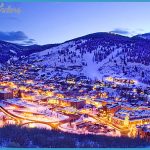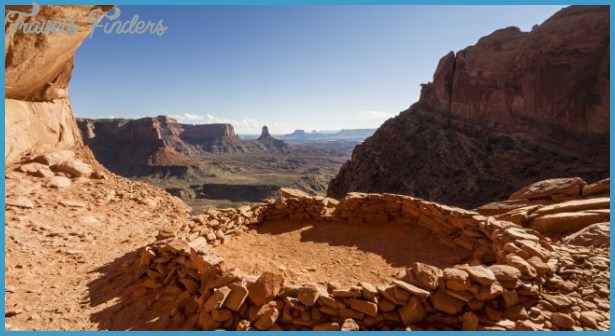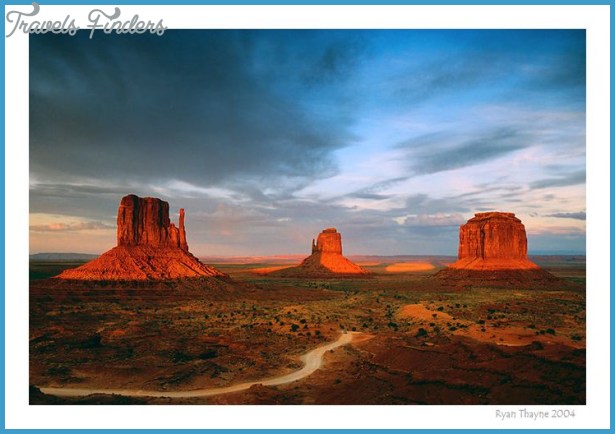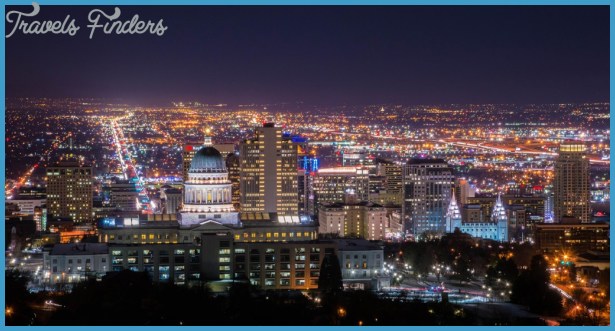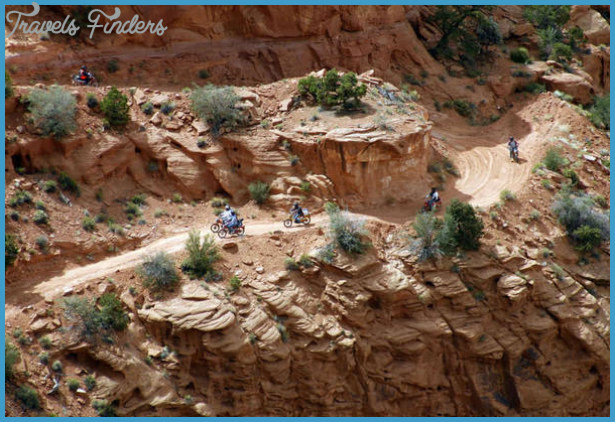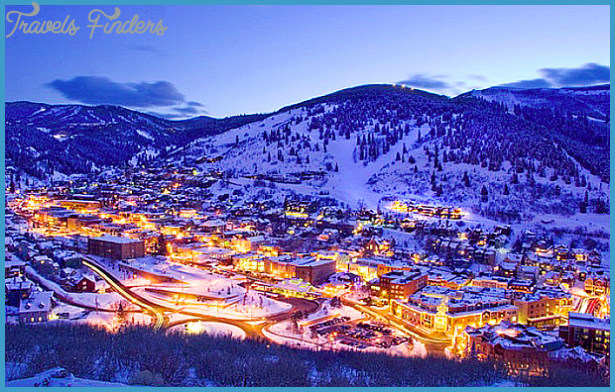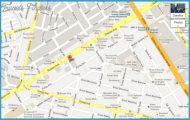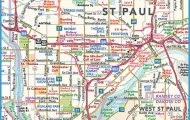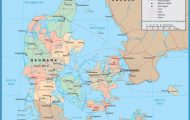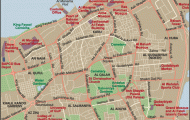Utah cultural contributions
Latinos have made many important contributions to Utah through a variety of community and Christian Church-related organizations. For example, the presence of a Latino LDS population has made it possible for the Church to recruit other Spanish-speaking people to their fold (both in the United States and elsewhere in the world). Starting in 1923 with the Rama Mexicana renamed the Lucero Ward and now, many other such entities the dramatic growth in the number of Latino
Mormons in Utah is a testament to the Church’s success in recruiting Spanish speakers to their fold. This is in part because of the efforts of Mormones from the local area. For many years, during the early part of the twentieth century, the Rama was a constant presence in Salt Lake City (and other areas of the state and the West) representing aspects of Mexican culture in a positive light before the broader Mormon community. In addition, as the Chicano Movement era commenced, leaders from Lucero were among those individuals at the helm of SOCIO as part of the struggle to improve circumstances for all of Utah’s Latinos.
The congregation at Guadalupe Mission (and, later, parish) has also been quite active in the cultural landscape of Utah. Like their LDS brethren, the congregants at Guadalupe helped maintain Mexican and manito cultural traditions (such as Las Posadas, the Christmas time pilgrimage of Joseph and Mary that commemorates their search for lodging) throughout the state. Further, the membership was very active in a variety of community and church organizations particularly SOCIO, which helped fight for civil rights and social justice.
In the area of business, Utah has seen a dramatic growth in the number of Latino-owned businesses, particularly over the past twenty years. From the earliest mexicano/ manito-owned enterprises, such as homesteads, ranches, restaurants, and import businesses in the early 1900s, through the development of various Mexican-owned restaurants, boardinghouses, and bars in the cities of Utah during the 1930s and 1940s, Latino business owners have served the comunidad for many decades. Beginning in the early 1980s, however, the number of such enterprises has risen and become more varied, and Utah now boasts not only Latino-owned service and restaurant enterprises, but also manufacturing and professional-service businesses as well.
Of particular note was the establishment of the Talamahu Market on the west side of Salt Lake City. This enterprise, begun in the late 1980s, offered customers not only Mexican products, but eventually foods and items from other nations. In many ways, the inventory of this establishment reflected the growing diversity of the Latino population of Utah’s capital city: as Spanish speakers from Cuba, El Salvador, Peru, Guatemala, Argentina, and elsewhere made their way to the area, more and different items appeared on Talamahu’s shelves.
In 1997 the Census Bureau estimated that there were 4,740 Latino-owned businesses in the state, which generated payrolls of more than $85 million and sales of approximately $4.55 billion.23 Further, the Spanish-surnamed clientele of Utah, accounted for approximately $3.67 billion in economic purchasing power by 2004.24 All of this is reflected in the growing attention to this population from the broader business community. Large retailers, such as Nordstrom, Sears, and others now regularly advertise in some of the numerous Spanish-language newspapers that circulate in Salt Lake City, Ogden, Provo, and elsewhere throughout the state.
Finally, it is important to take note of the recent genesis of the Pete Suazo Business Center (named after the late senator), which works to increase financial lit-
eracy, aids in the establishment and operation of Latino-owned commercial enterprises, and assists in the procurement of business loans to help launch such operations. The center works in conjunction with some of the most important business entities in the state of Utah, including Zions Bank, the Utah Microenterprise Loan Fund, the Marriot School of Management at Brigham Young University, the Utah Hispanic Chamber of Commerce, and the University of Utah.
notes
1. In the LDS Church, a branch is similar to a Catholic mission. It provides a variety of services, including religious ceremonies, to a small congregation. Only when membership at a branch reaches a certain number of families will the church’s hierarchy approve the entity’s designation as a ward (which is akin to a Catholic parish).
2. Jansen.
3. U.S. Census Bureau, http://quickfacts.census.gov/qfd/states/49000.html.
4. U.S. Census Bureau, http://factfinder.census.gov/servlet/GCTTable?
5. Warner, 35-52; and Jacobs, 200-223.
6. Solorzano, Struggle Over Memory, 81-113.
7. May, 65-72.
8. Iber, Hispanics in the Mormon Zion, 6-17.
9. Arrington, 3-34.
10. Iber, Hispanics in the Mormon Zion, 18-39 and 40-54.
11. Iber, Hispanics in the Mormon Zion, 59.
12. Iber, Hispanics in the Mormon Zion, 61.
13. Iber, Hispanics in the Mormon Zion, 66.
14. Iber, Hispanics in the Mormon Zion, 84.
15. For specific statistical information, see Iber, Hispanics in the Mormon Zion, 67-84.
16. For specific statistical and other information, see Iber, Hispanics in the Mormon Zion, 85-114.
17. Solorzano, At the Gates of the Kingdom, 177-212, 185-186.
18. Iber, Mexican Workers in Utah: Life and Labor in Two Tourist Towns, 60-66.
19. Iber, Hispanics in the Mormon Zion, 111-112.
20. Solorzano, 187-193. See also Iber, Hispanics in the Mormon Zion, 115-131.
21. Iber, Hispanics in the Mormon Zion, 124.
22. Solorzano, 194.
23. U.S. Census Bureau, http://www.census.gov/epcd/mwb97/ut/UT.html.
24. Humphreys, 15.






